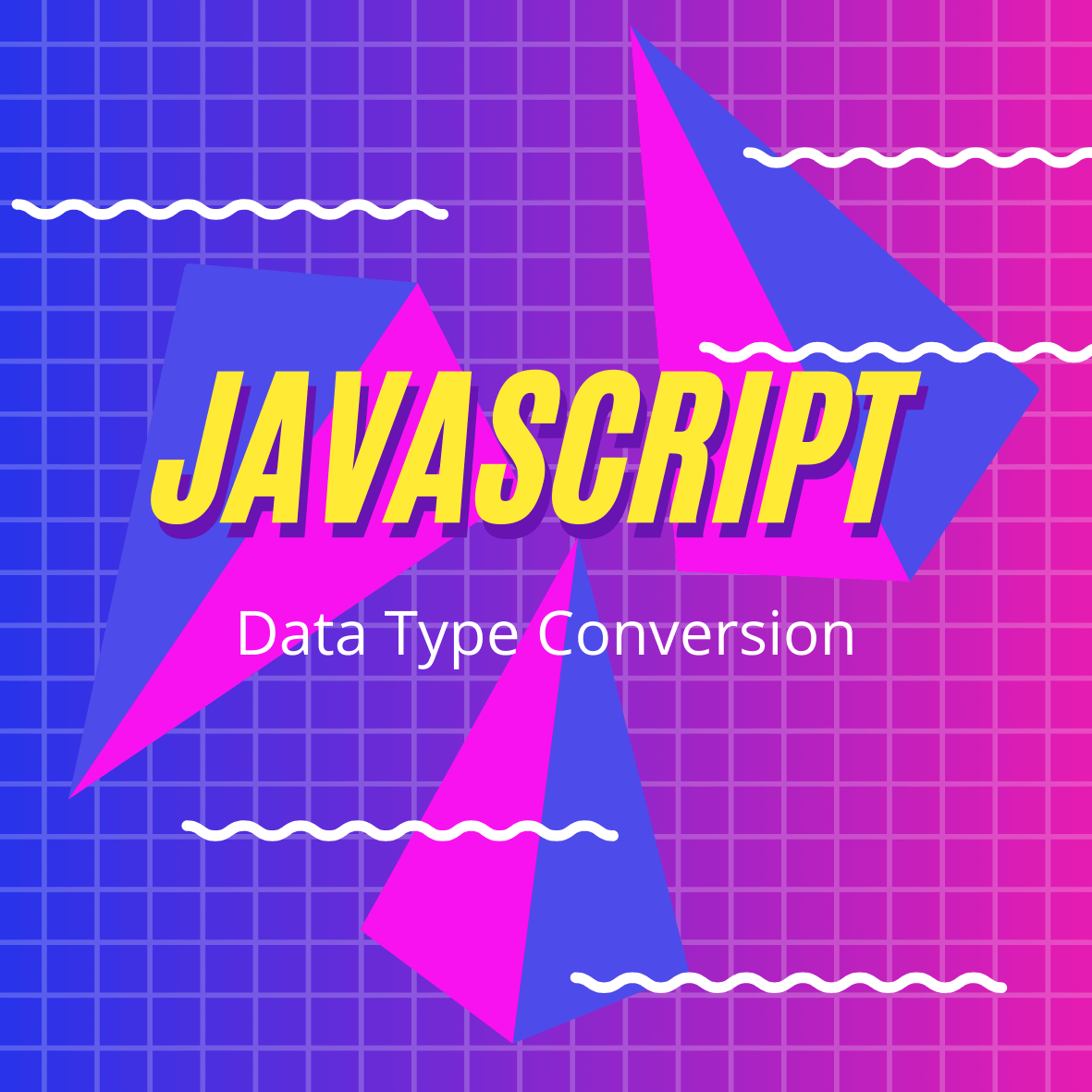Converting Data Types
As we’ve seen in the previous article, data types are classifications of a particular type of data. And it’s the type that determines which operations are able to be performed on the data. As we write programs, we’ll often need to convert our data types in order to perform tasks.
JavaScript is intelligent enough to convert some values for us, this is known as type coercion:
"15" - "5" // 10
"15" / "3" // 5
The above will work as our strings evaluate to numbers. However,
"5" + "5" // 55
If we’re using the + operator, the strings will concatenate! So if we attempted to rely on type coercion in this case, we’d see unexpected results.
For this reason, when writing our own code, we should endeavor to convert data types ourselves — thus reducing potential errors.
Let's now take a look at how we can go about that!
Converting Values to Strings
Using the String() method, we can explicitly convert values to strings.
For example, let's take the number 100 and convert it to a string literal “100”.
String(100); // "100"
And let's convert a Boolean false into a string literal “false”.
String(false); // "false"
Within a variable, we can convert our value to a string like so:
let name = 5000; // 5000
name = String(name); // "5000"
We can check the data type of any value, using typeof, for example:
typeof name; // string
Alternatively, we could do this more concisely like so:
let name = 5000;
name.toString(); // "5000"
(5000).toString(); // also returns "5000"
Regardless of the method we choose, by using String() or n.toString(), we can explicitly convert our data into string values.
Converting Values to Numbers
When the time comes to convert values into numbers, we use the Number() method in a similar manner:
Number("2000"); // 2000
We’ve turned our string “2000” into the number 2000.
We could also convert a Boolean:
Number(true); // 1
Number(false); // 0
It should be noted however, that we cannot convert our data type into a number if there are any characters or spaces within the string! If this were to be attempted a NaN (not a number) would be returned.
Number("one"); // NaN
Number("1,000"); // NaN
Number("1 1"); // NaN
Number("01-01-19"); // NaN
Converting Values to Booleans
We use Boolean() to convert strings and numbers into Boolean.
If any value is present, it will be converted to true:
Boolean(100); // true
Boolean("name"); // true
Boolean(" "); // true, a space is considered a value
If the value is considered empty (0, an empty string (""), undefined, NaN or null), it will return false:
Boolean(0); // false
Boolean(""); // false, an empty string (with no space)
Boolean(undefined); // false
Boolean(NaN); // false
Boolean(null); // false
Converting numbers and strings into Boolean values is a powerful way to start to introduce logic into our programming. For instance, we could detect a missed required field on an input form, if the Boolean returns false.
Wrapping up
That's all for today!
In this article, we looked at how we can work with data types, using both type coercion as well as by implicitly performing our own type conversions.
In the next one, we'll dive right into working with strings!
Related Posts:

A little about me..
Hey, I’m Tim! 👋
I’m a freelance business owner, web developer & author. I teach both new and experienced freelancers how to build a sustainable and successful freelancing business. Check out my Complete Guide to Freelancing if you'd like to find out more.
While you're here, you can browse through my blogs where I post freelancing tips, code tutorials, design inspiration, useful tools & resources, and much more! You can also join the newsletter, or find me on X.
Thanks for reading! 🎉






